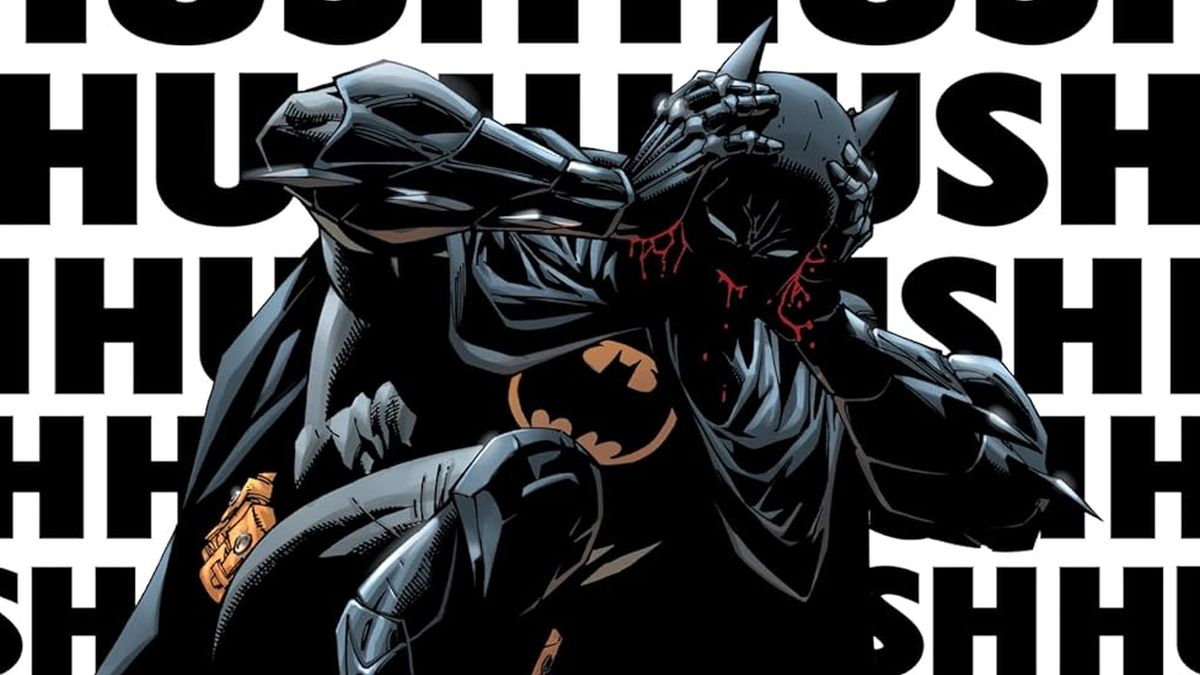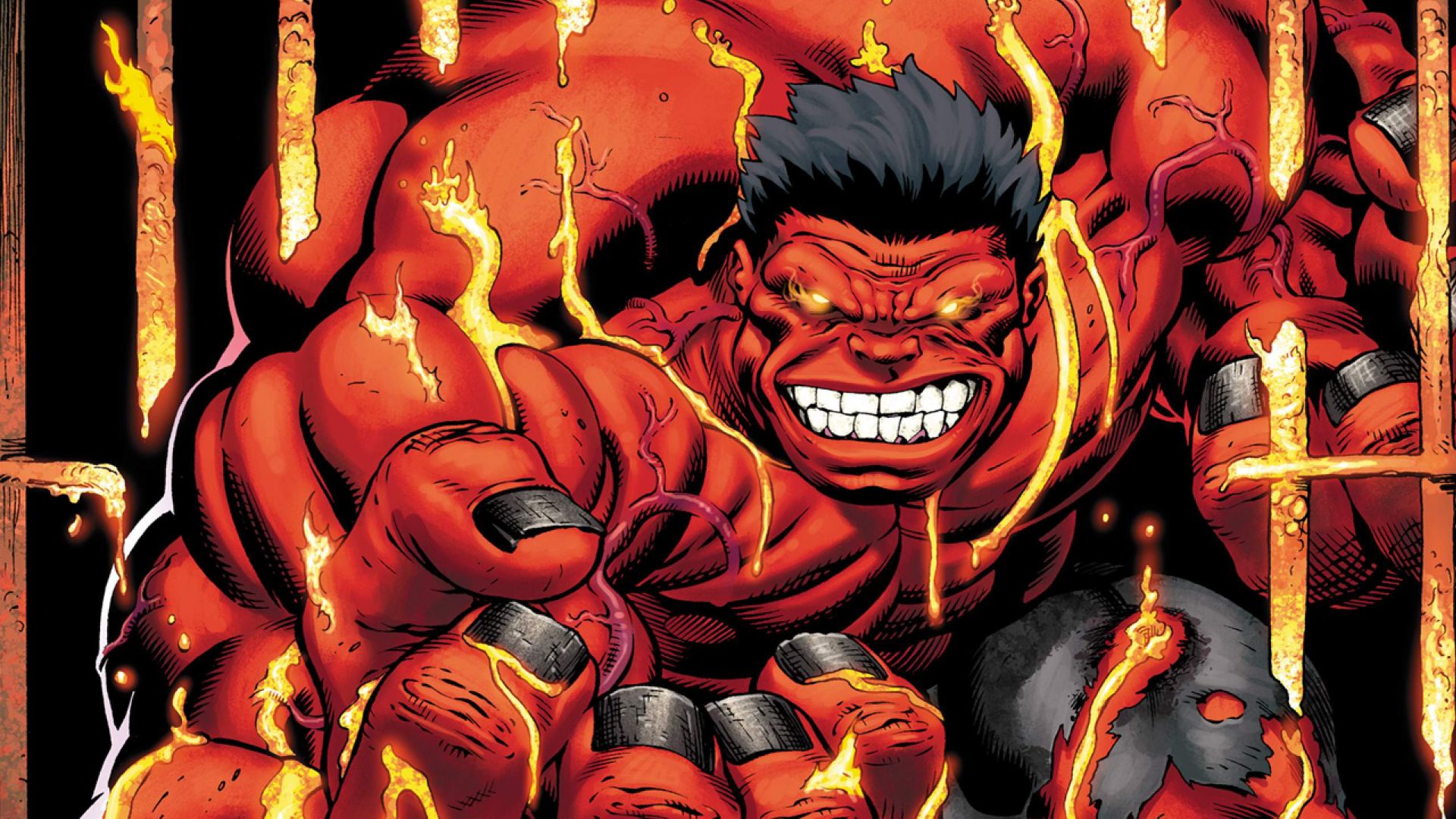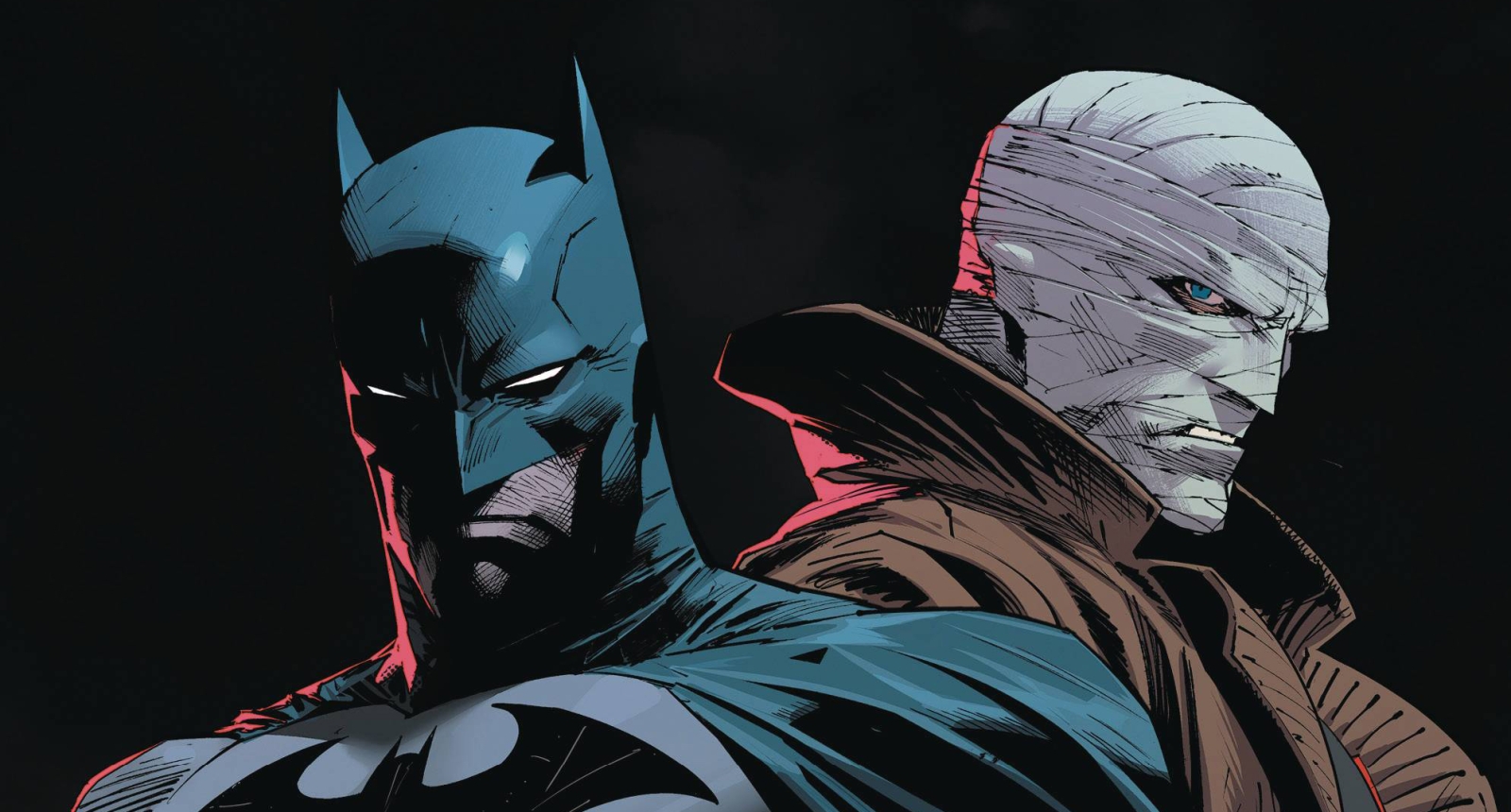With Batman #160, DC dives deeper into the much-hyped “H2SH” storyline—a direct sequel to the iconic Hush arc—with high-octane confrontations, cinematic artwork, and just enough mystery to keep the Bat-faithful turning pages. But while the issue is a visual triumph, the story’s dialogue and character logic often clash with the legacy it tries so hard to uphold.
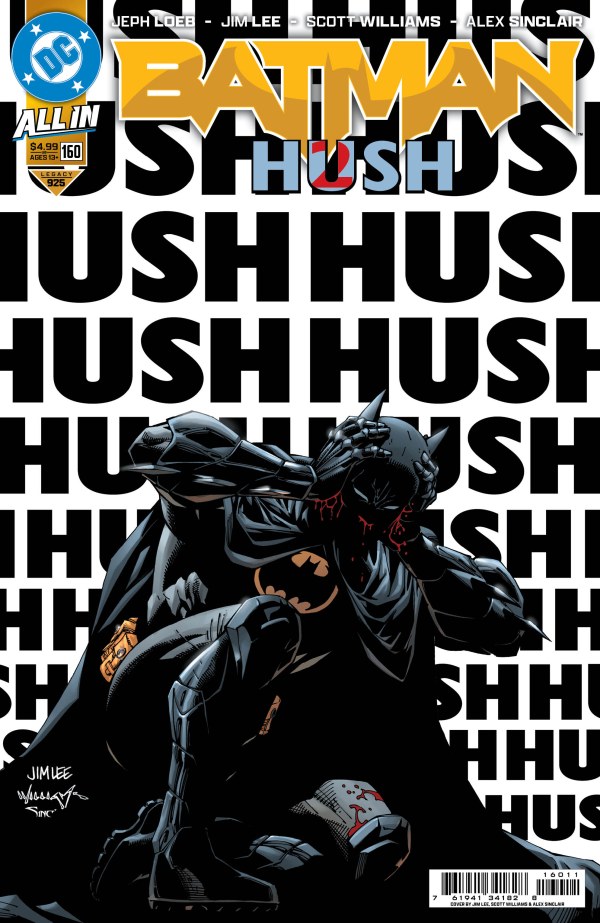
The issue picks up in the fallout of a shocking brawl between Batman and Jason Todd—yes, that Jason Todd—inside the Batcave. As Bruce recovers, both physically and psychologically, he pores over security footage and voice data, attempting to understand not just Jason’s betrayal, but Hush’s larger endgame. There’s a method behind the madness, but at this point in the narrative, it still feels frustratingly vague. Is the entire plot really about making Gotham turn on Batman because he saved the Joker’s life? It’s a premise that might work in theory, but it needs more teeth to carry a multi-issue arc.
Where the story shines, however, is in its use of flashbacks. We’re treated to scenes of a young Bruce Wayne, colored by emotional texture and purpose, which effectively contrast the chaos unfolding in the present. These moments give the issue some much-needed grounding and emotional resonance.
Things get more complicated—and more divisive—with the inclusion of Damian Wayne and Bane. The young Robin is shown deploying Bane into battle, which is jarring for any reader who remembers the trauma and death Bane has inflicted on the Bat-family. It’s one of those character decisions that, unless paid off with a major twist or mind-control explanation, borders on unbelievable. It’s hard to imagine Damian allowing Bane to walk beside him, let alone use him as a weapon.
Similarly puzzling is how easily Hush seems to gather meta-powered henchmen and manipulate Jason Todd. The former could be brushed off as comic book escalation, but the latter requires more explanation. Jason’s loyalty, no matter how fractured, doesn’t flip on a dime—not after everything he and Bruce have endured together.
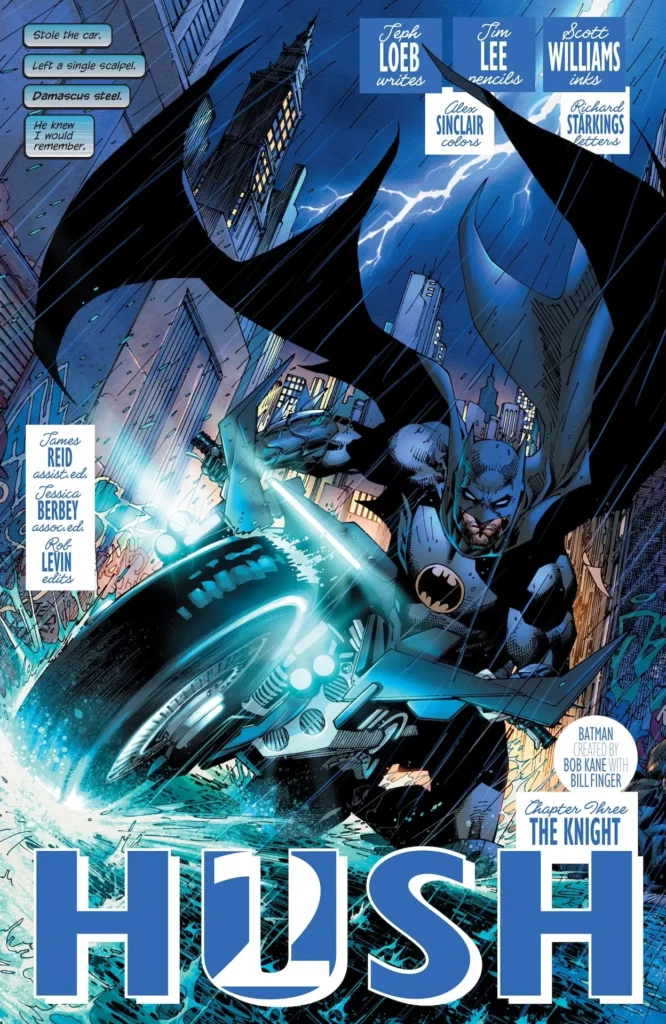
One thing Batman #160 does well is getting inside Batman’s head. Captions focus on Bruce’s tactical breakdowns of the situations he faces, giving readers the sense that the world’s greatest detective is always one step ahead—even when emotionally compromised. These internal monologues are brief but effective, reminding us that even when the external chaos feels slightly forced, the heart of Batman’s character remains intact.
Additionally, the Riddler’s subplot gets some intriguing advancement, as he continues to walk the morally gray line of “ally” to the Bat-family. While it’s unclear how deep his motives run, his scenes in this issue hint at a larger play that may shake up the dynamic between Batman and his rogues’ gallery.
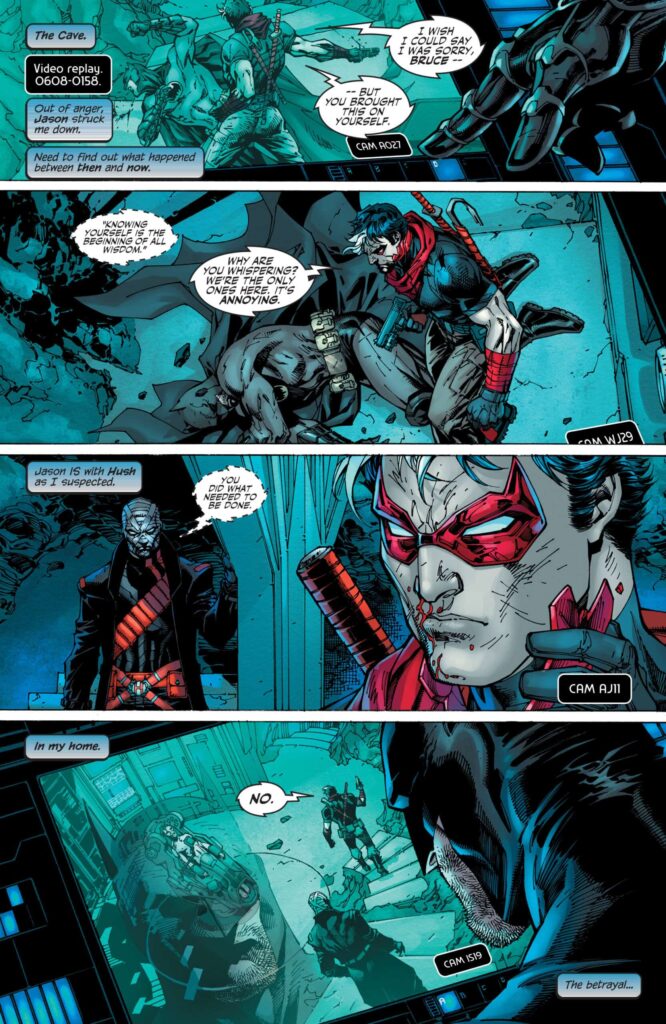
Let’s not bury the headline—Jim Lee is the real star of Batman #160. From gorgeously rendered splash pages to inventive panel layouts, Lee doesn’t miss a beat. One of the most powerful visual sequences involves Batman being hit with a weaponized sound blast, where Lee uses a sketchier, almost distorted linework style to convey raw, visceral pain. These cutaways add texture and dynamism, making even static moments feel kinetic.
Whether it’s a moody rooftop in Gotham, a chaotic fight sequence, or a moment of quiet reflection, Lee brings the city and its players to life with astonishing detail. There are pages here you’ll want to just stare at—and possibly frame.
Colorist Alex Sinclair and letterer Clayton Cowles also deserve praise. Sinclair’s palette captures Gotham’s grim atmosphere while giving characters like Hush and Joker a vibrant edge. Cowles’ lettering, especially during the sound attack sequence, adds urgency without overwhelming the visuals.

Where the issue falters most noticeably is in its dialogue. From exposition dumps that feel unnatural to lines that are too on-the-nose, the script often clashes with the elegance of the artwork. While Batman’s inner monologue is relatively well-written, the spoken interactions between characters lack subtlety and rhythm. The moments meant to land emotionally often feel stiff, pulling readers out of the drama instead of deeper into it.
A story that relies so heavily on mystery and psychological tension needs more nuanced writing. Clunky dialogue undercuts the atmosphere and weakens the stakes, especially when motivations are already unclear.

Batman #160 is a contradiction—beautiful yet frustrating, bold yet occasionally baffling. It’s a comic that demands attention, thanks in large part to Jim Lee’s legendary art, but it’s also one that requires patience as it attempts to juggle multiple plot threads and fan expectations.
For longtime Batman readers, there’s enough here to warrant sticking around, especially if the creative team delivers on some of the plot’s more ambiguous elements. But without a sharper script and more believable character arcs, even the most jaw-dropping splash page can’t mask the storytelling cracks forming underneath.

